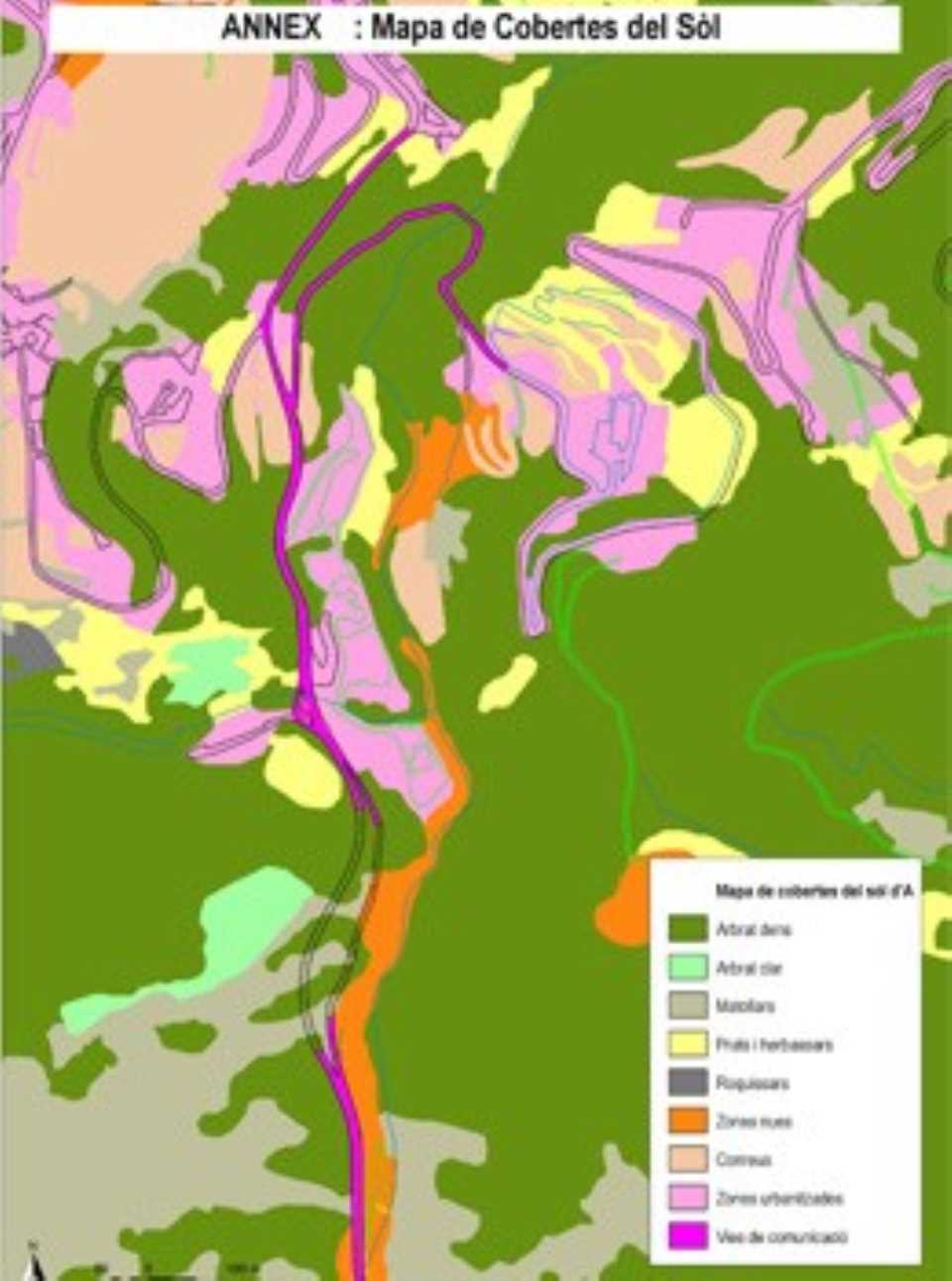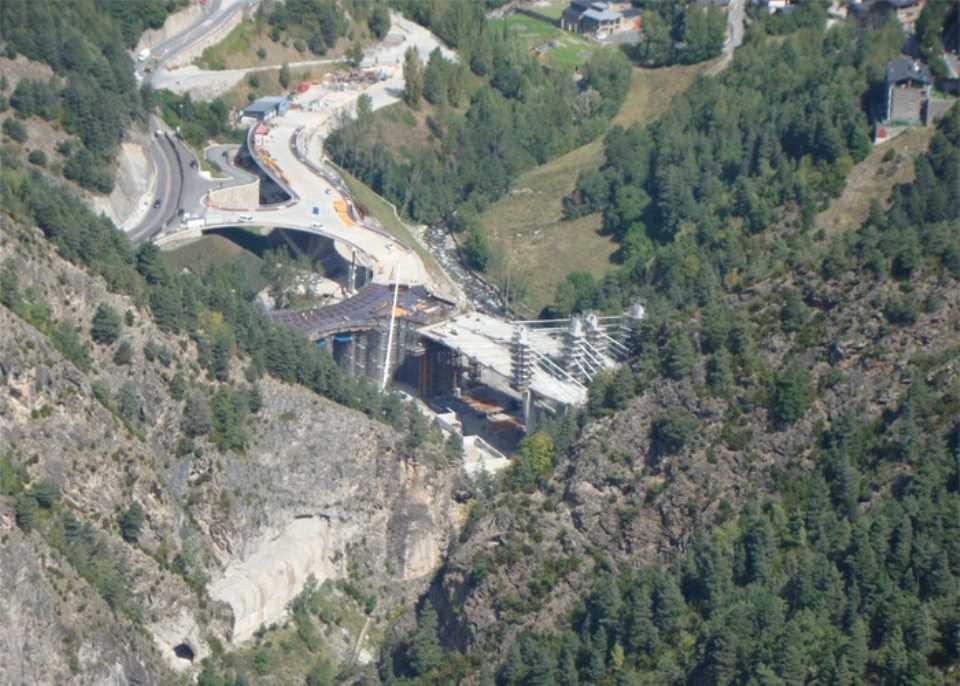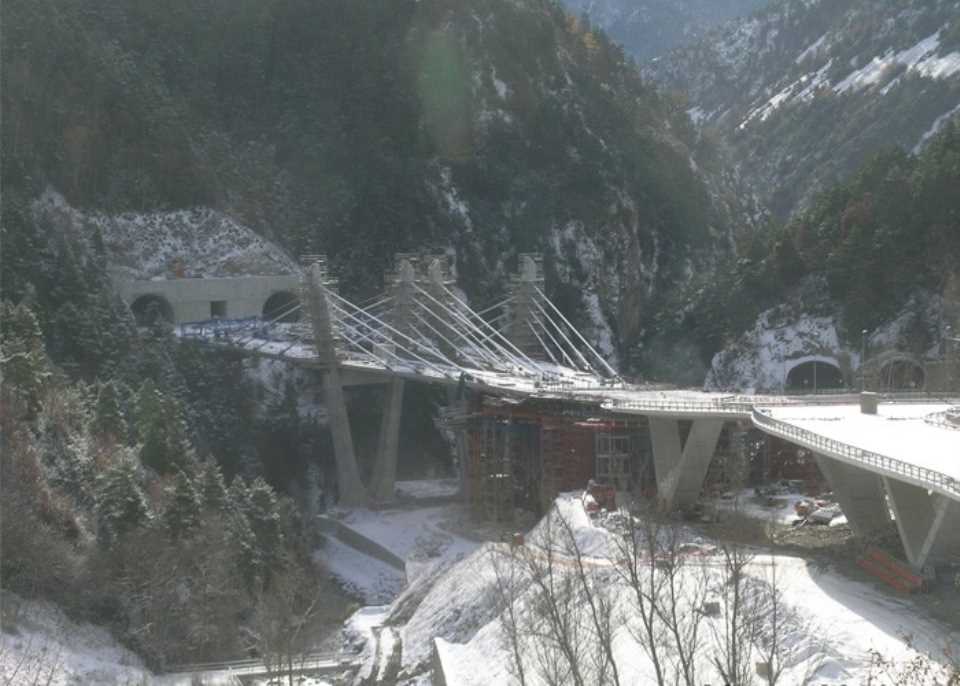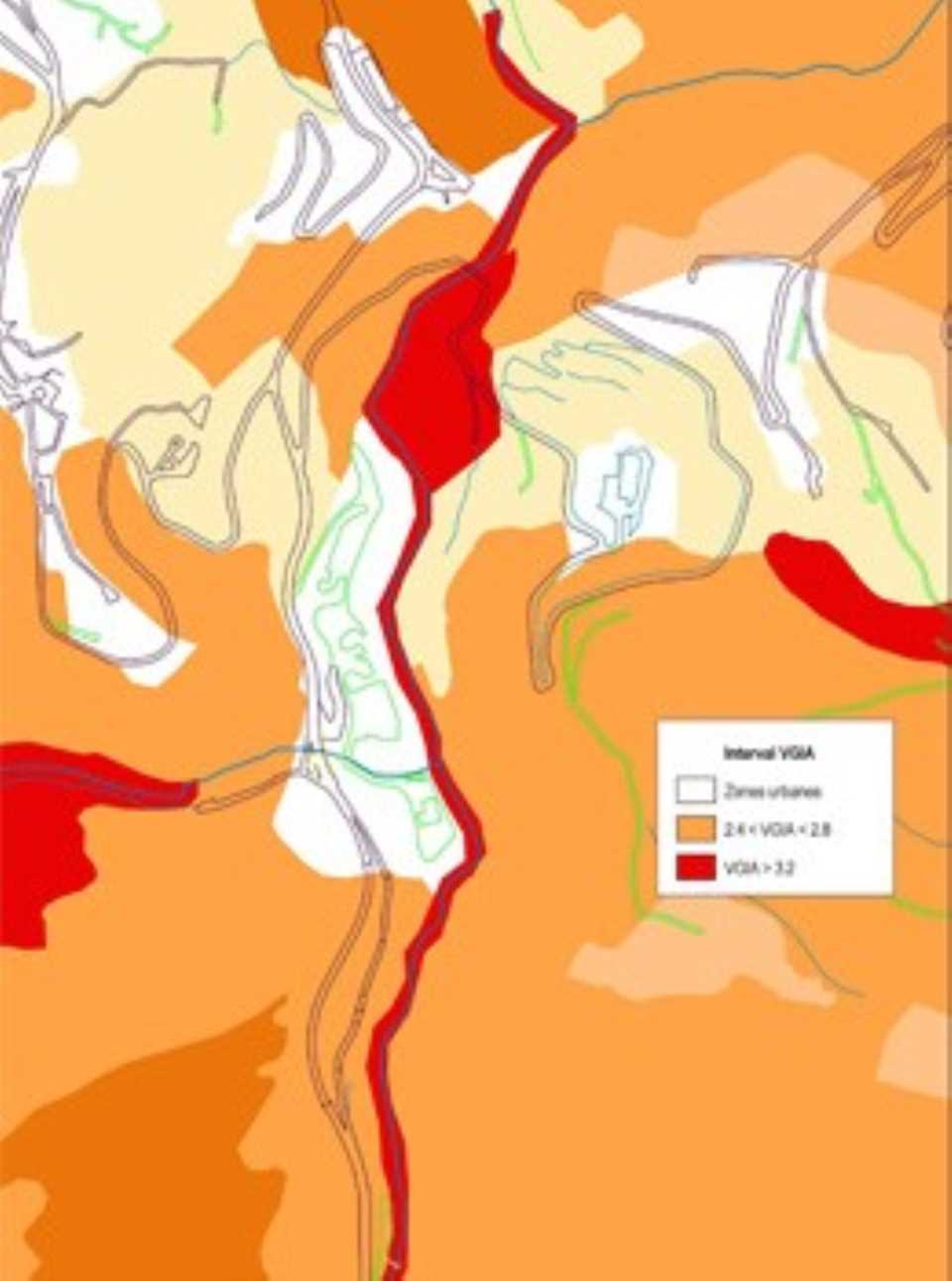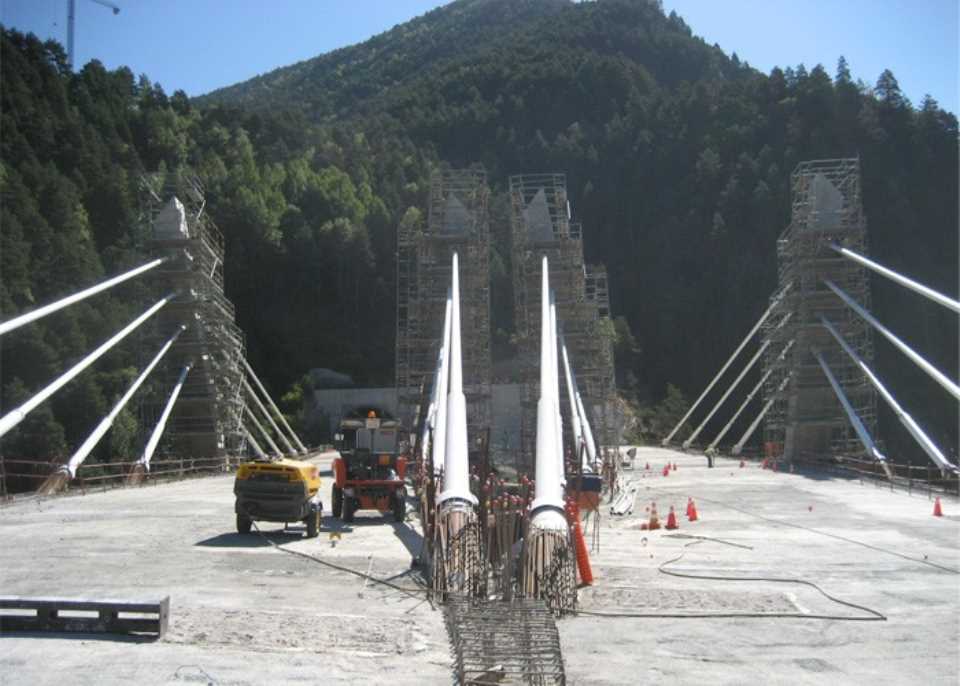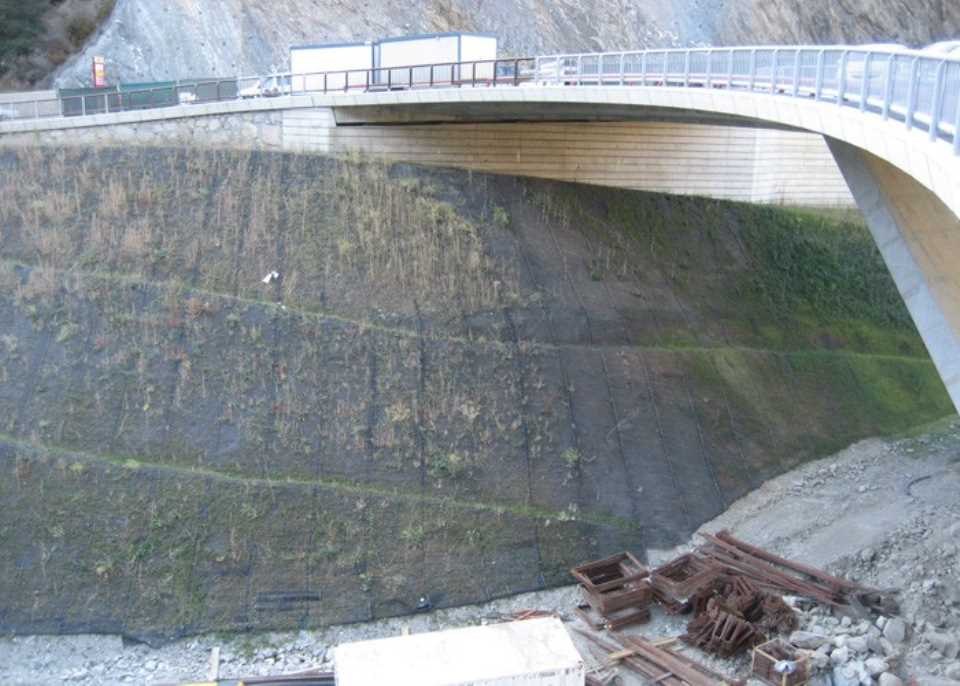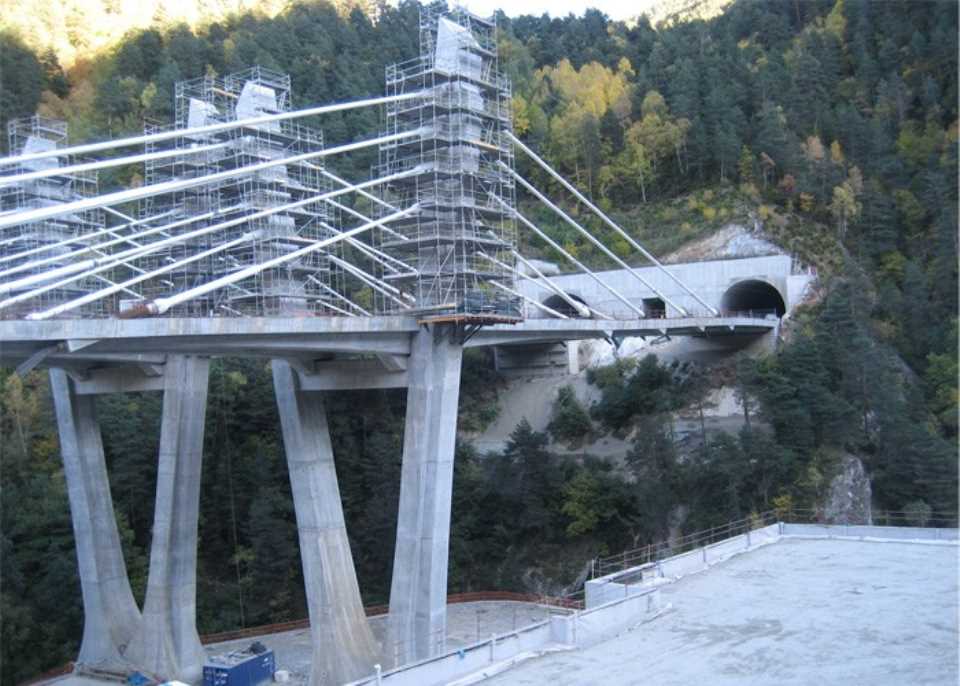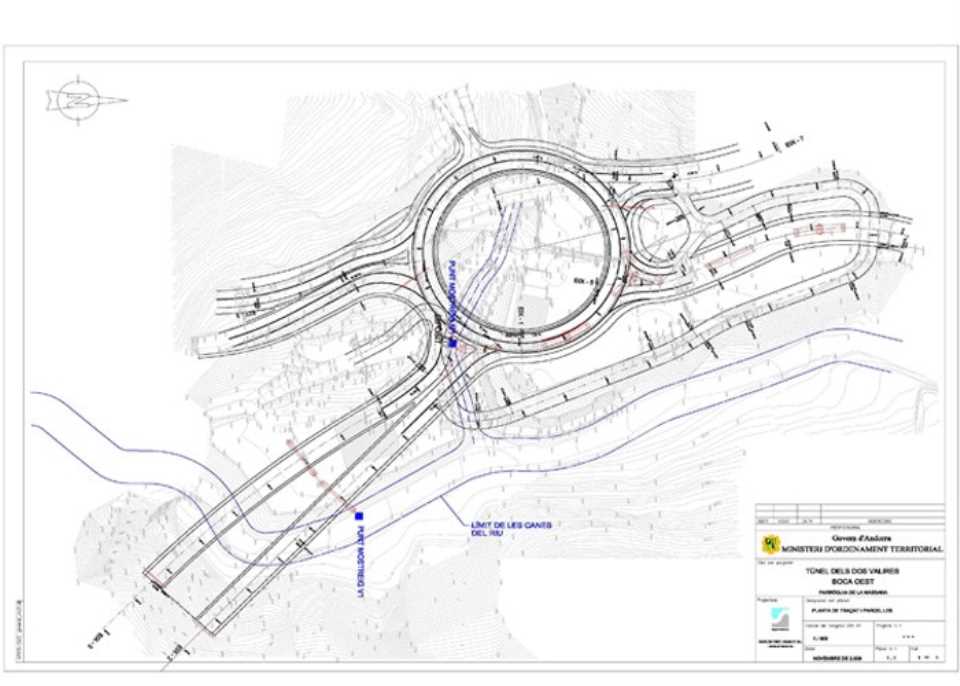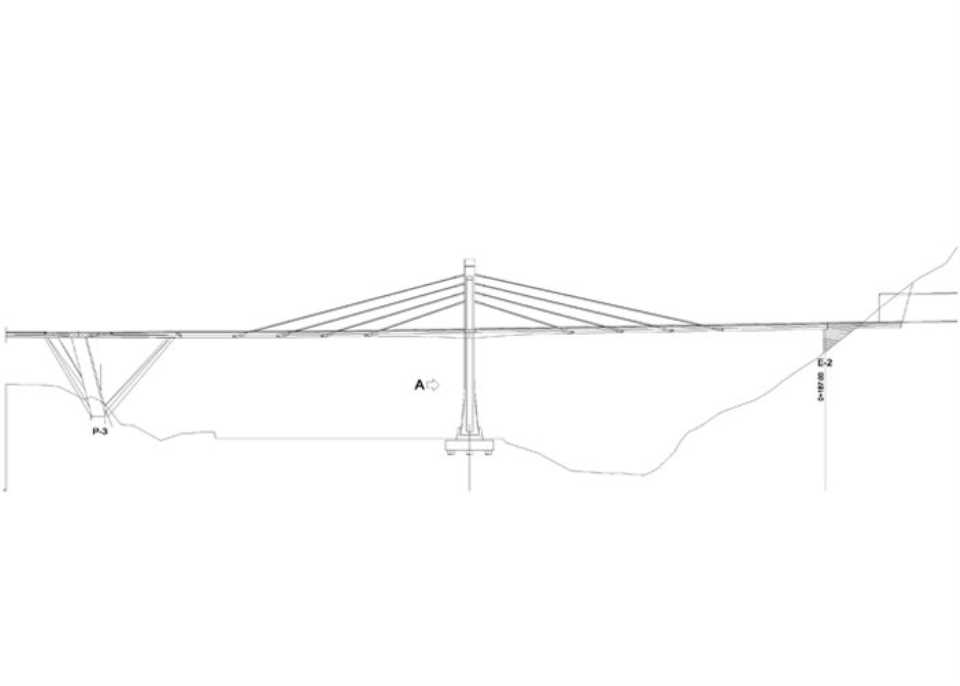Environmental impact assesment for road project between west tunnel Dos Valires mouth and CG3
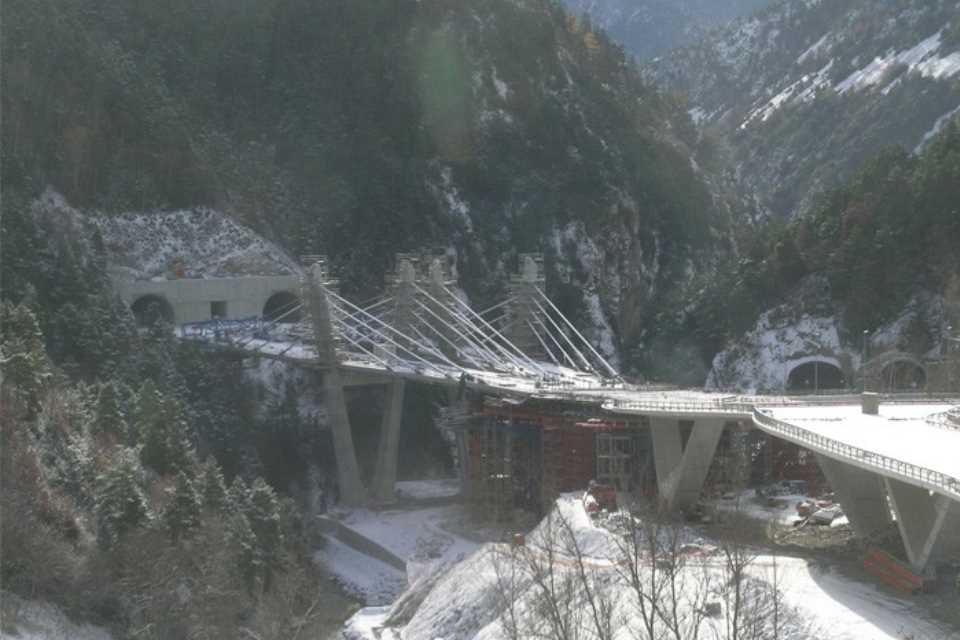 The work under study is based on the construction of two viaducts independents from each of the two mouths of the tunnel exit west until it joins the CG3, the driveway to the cemetery and the future La Massana variant by a partially elevated roundabout over the valley floor.
The work under study is based on the construction of two viaducts independents from each of the two mouths of the tunnel exit west until it joins the CG3, the driveway to the cemetery and the future La Massana variant by a partially elevated roundabout over the valley floor.The study consists of three basic sections: Environmental Impact Assessment, Environmental Restoration Plan and Environmental Monitoring Plan.
1. Environmental Impact Assessment. A description of the state of the area is performed, taking into account the state of the area and the environment, the potential positive and negative effects, which may involve the implementation of infrastructure, mainly during construction but also during operation are analyzed.
2. The Environmental Restoration Plan is a technical tool that is based on the environmental impacts identified in the EIA and accurately locates and plans over time the work needed to carry out the preventive and/or corrective action, both during the works as once the project is completed and operational. The measures to minimize or eliminate negative environmental impacts, as well as all measures to compensate with appropriate restoration actions are detailed.
3. The Environmental Monitoring Plan has objectives are that:
- Check the initial assessment of the expected impacts, specifying in detail the parameters of quality monitoring of the affected environmental vectors.
- Provide specific results regarding the impact values achieved by pre-selected environmental indicators over the estimates, determining the monitoring parameters, frequency of checks, duration, application period and the places or areas of sampling and monitoring during the phase works and operating.
- Monitoring the implementation and effectiveness of each of the preventive and corrective measures under the Environmental Impact Assessment and draft.
- Propose new corrective action if it appears that the impacts are higher than expected or insufficient corrective measures initially proposed.
A methodology of systematic work will be established and specifically tailored to their own conditions to the action, so that the comprehensive quality control of various environmental parameters involved and/or affected by the planned route, for guaranteeing the construction phase and the operational.
It is a work of considerable magnitude to the size of the infrastructure despite having no major earthworks:
- Earthworks: about 72,255 m3 and 36,815 m3 of excavation embankment.
- Dimensions of the viaducts: a tunnel exit of the Two Valires about 200 m in length and a width of 10 m 2 lanes with no sidewalks passable to 2 m, and the viaduct of La Massana deviation of about 130 m in length and a width of about 16 m (3 lanes).
- Characteristics of the roundabout: partially air, formed by a ring of width between 14 m and 16 m, with an outer diameter of 106 m maximum.
- Dimensions of batteries and viaducts roundabout between 11'50 m and 28 m platforms seen before, there are two more above 18 m rise (reaching a total height of 46 m), foundations 30 m depth which may vary according to the situation of the rock.
- The CG3 extends to about 14 m to 15 m to allow three lanes, more pavements in some areas.
- The work surface is of the order of about 31,550 m2.
It provides facilities to dismantle concrete factory in the area now occupied within the work area, then at the end of the works, reinstall the factory across the Montaner river.
The work itself or procedure to execute implies the involvement of the adjacent rivers, but in very different degrees, differences were taken into account in the design of the restoration work of each area as well as in the initial state presented. The right bank of North Valira river and a stretch of the river is channeled Montaner for security reasons the base of the viaduct is changed.
